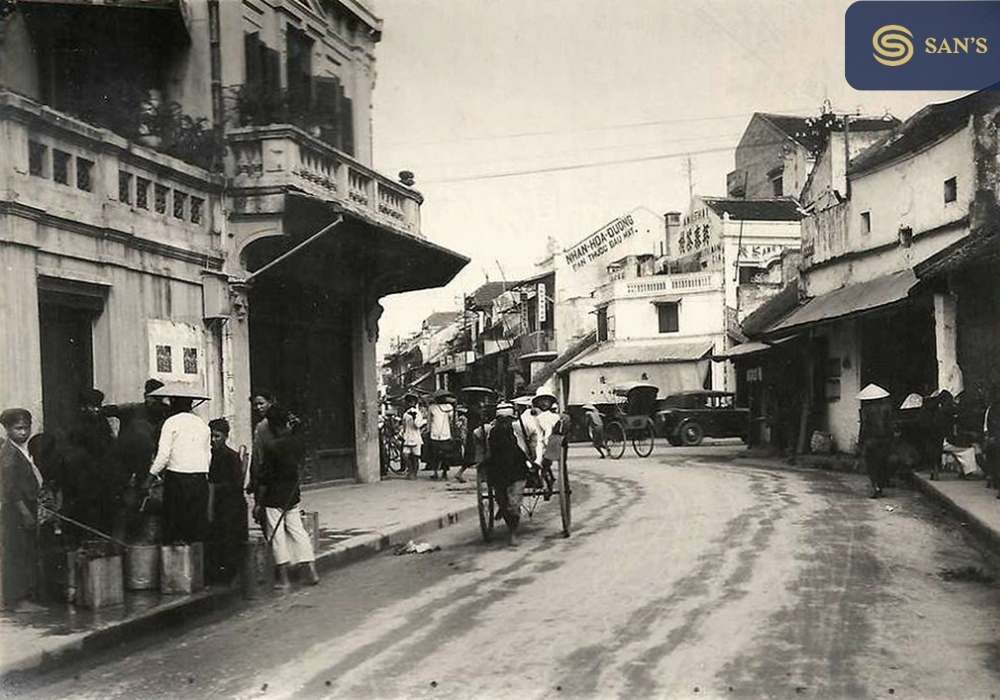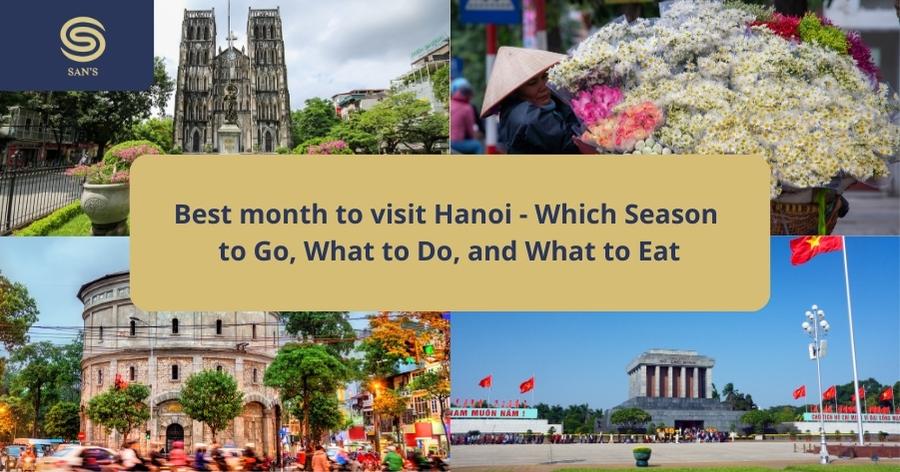In the sprawling urban maze of Hanoi, with its interweaving streets and echoing alleyways, lies a thriving shopping ecosystem that pulsates with energy, echoing the city’s deep-rooted traditions and its embrace of the new. Every corner has a story, every marketplace a rhythm, and in the midst of this captivating cacophony stands a legend – Hang Giay Street.
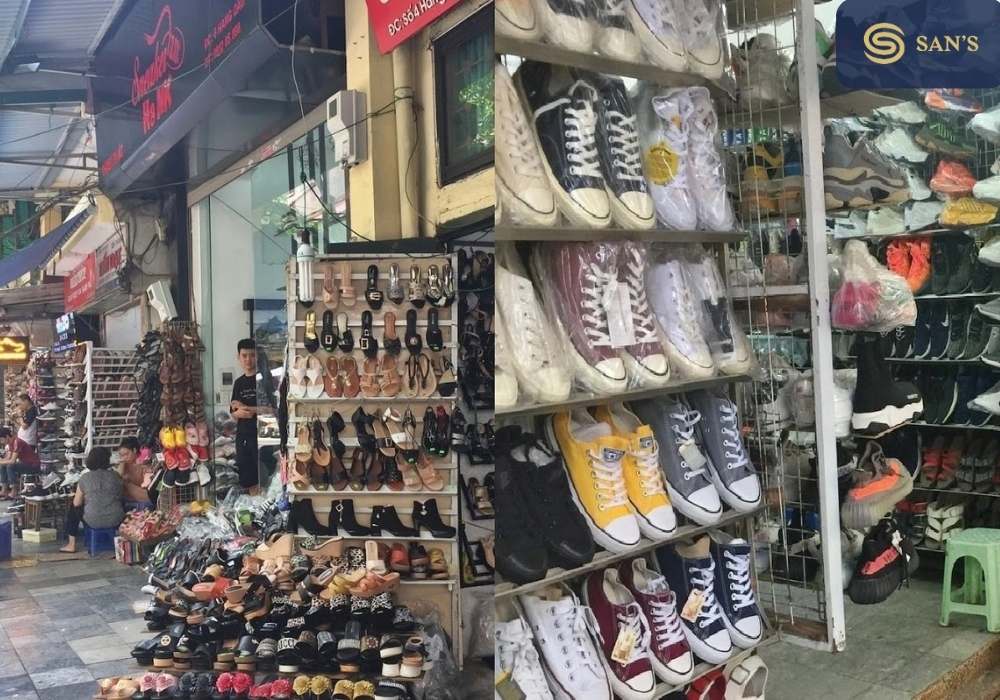
Fondly and fittingly dubbed as the “Shoe Street” of Hanoi, Hang Giay is more than just a destination; it’s an experience. Here, the old world charm of handcrafted Vietnamese footwear blends effortlessly with the sleek allure of modern designs, creating a mosaic of choices for every shoe lover. Whether you’re tracing the origins of traditional Vietnamese sandals or hunting for the latest sneaker drop, Hang Giay promises a journey for the feet as much as the soul. Join us as we step into the tales and trails of Hanoi’s iconic Shoe Street.
The Historical Footprints of Hang Giay Street
Nestled amidst the urban tapestry of Hanoi, Hang Giay Street’s roots run deep, revealing stories that have been tread upon and crafted for centuries. Its beginnings were humble – a narrow lane where the rhythmic hammering of local cobblers punctuated the air, and the scent of fresh leather wafted through the surroundings.
These artisans, with their nimble fingers and an eye for detail, were the heartbeats of Hang Giay, crafting shoes that bore the weight of both daily life and special occasions.
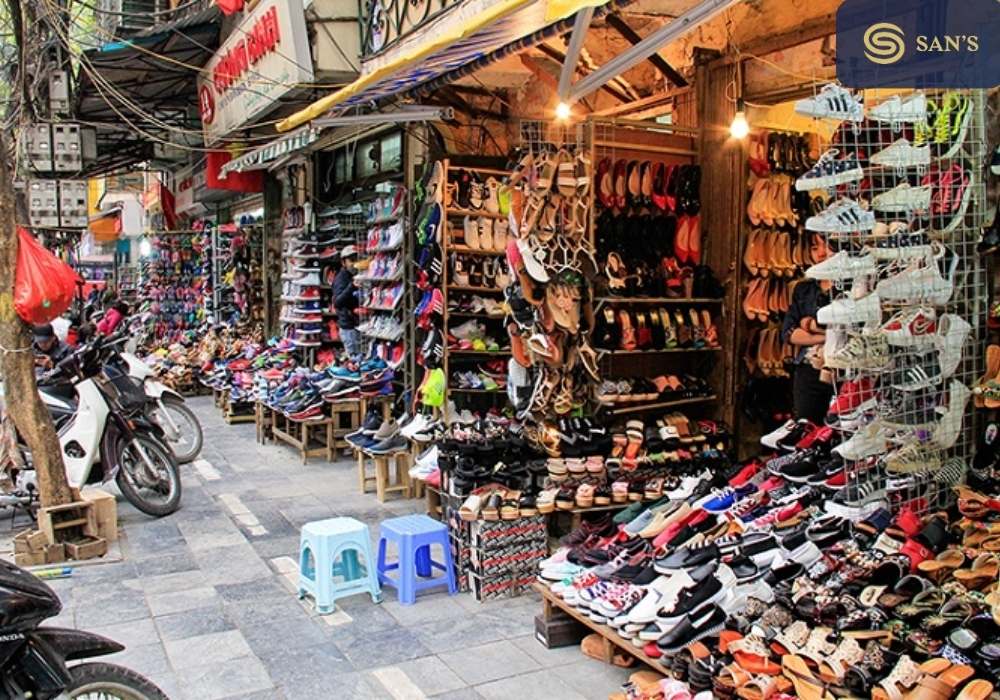
As time marched on, Hang Giay evolved, much like the city that cradled it. The once modest lane started reflecting the aspirations of a growing Hanoi. Storefronts multiplied, displaying not just traditional Vietnamese shoes but also embracing designs from around the world.
With globalization knocking on its doors, Hang Giay transformed into a bustling shoe-shopping paradise, where the past and present coexisted in harmonious strides.
But Hang Giay’s significance wasn’t limited to just shoes. Over the decades, this street played a pivotal role in Hanoi’s socio-economic fabric. It became a hub of commerce, fostering local businesses and creating job opportunities. Many Hanoian families owe their livelihoods and legacies to the thriving market of Hang Giay.
Moreover, as tourism flourished, Hang Giay became a beacon for visitors, offering them a glimpse into Hanoi’s duality – where traditions shape the future, and the future pays homage to the past.
Shop Smart on Hang Giay
Navigating Hang Giay’s vibrant streets can be both an exhilarating and daunting experience, especially for first-time visitors. The vast array of options, the hustle and bustle, and the allure of deals can be overwhelming. But, with a few insights under your belt, you can make the most of your shopping spree, ensuring value for both time and money.
Timing is Everything: While Hang Giay is abuzz throughout the day, there are certain time-slots that offer an edge to the discerning shopper. Early mornings, just as the shops open their shutters, provide a calmer shopping atmosphere and the fresh stock for the day. Late afternoons, on the other hand, often see vendors slashing prices, eager to secure sales before the day ends. If discounts are what you’re after, this might be your golden hour.
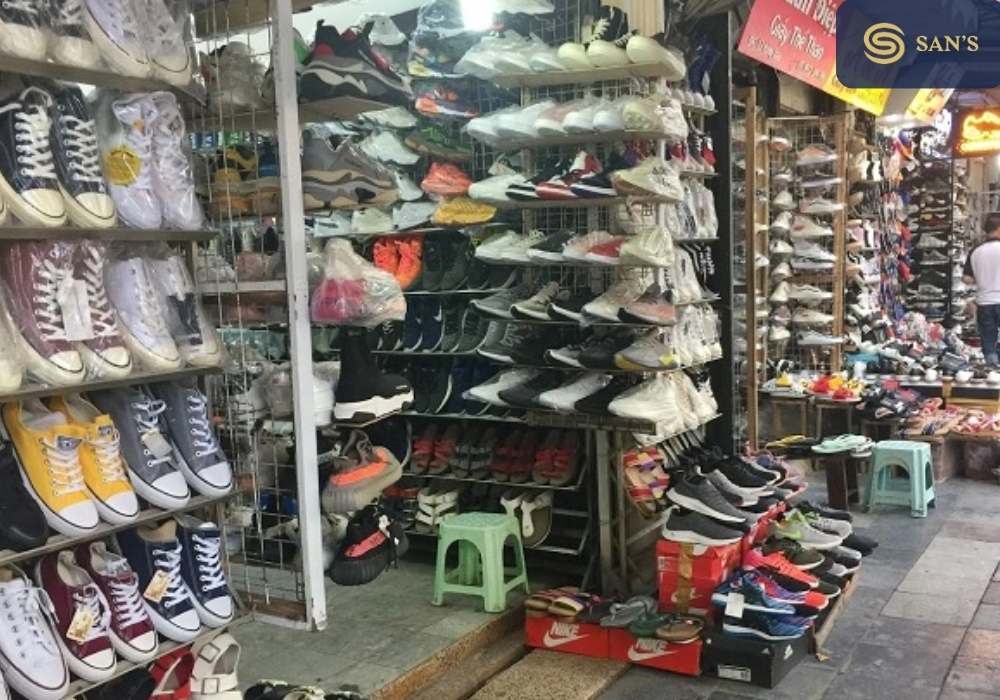
Mastering the Haggling Dance: In Hanoi, haggling isn’t just a transaction; it’s an art, a dance of words and gestures. Starting with a price around 60-70% of the quoted rate can set the stage. However, it’s essential to maintain a friendly demeanor and respect the seller’s craft. Remember, it’s about finding a middle ground that values both the product and the buyer’s budget. Observing locals can offer invaluable insights into this delicate dance of negotiation.
Eyes on Quality: The vast array of choices on Hang Giay means quality can vary significantly. When investing in traditional Vietnamese shoes, look for signs of authentic craftsmanship, such as hand-stitched patterns and genuine leather. For modern designs, checking seams, ensuring the symmetry of design, and verifying brand authenticity are crucial. Don’t hesitate to ask sellers about the materials used and the origin of products. An informed buyer is often a satisfied one.
With these pointers in your shopping toolkit, Hang Giay’s myriad of choices becomes a playground rather than a maze, leading you to treasures that resonate with both quality and culture.
Hang Giay Street, with its rhythmic cadence of footsteps and whispered tales of yesteryears, stands as a resounding symbol of Hanoi’s dynamic spirit. It’s not just a street; it’s a storybook, with each shop and cobblestone chronicling chapters of a city that has gracefully danced between tradition and modernity. The shoes on display, from the intricate handcrafted sandals to the sleek heels and sneakers, narrate a tale of a city that dresses its feet with history and hope alike.
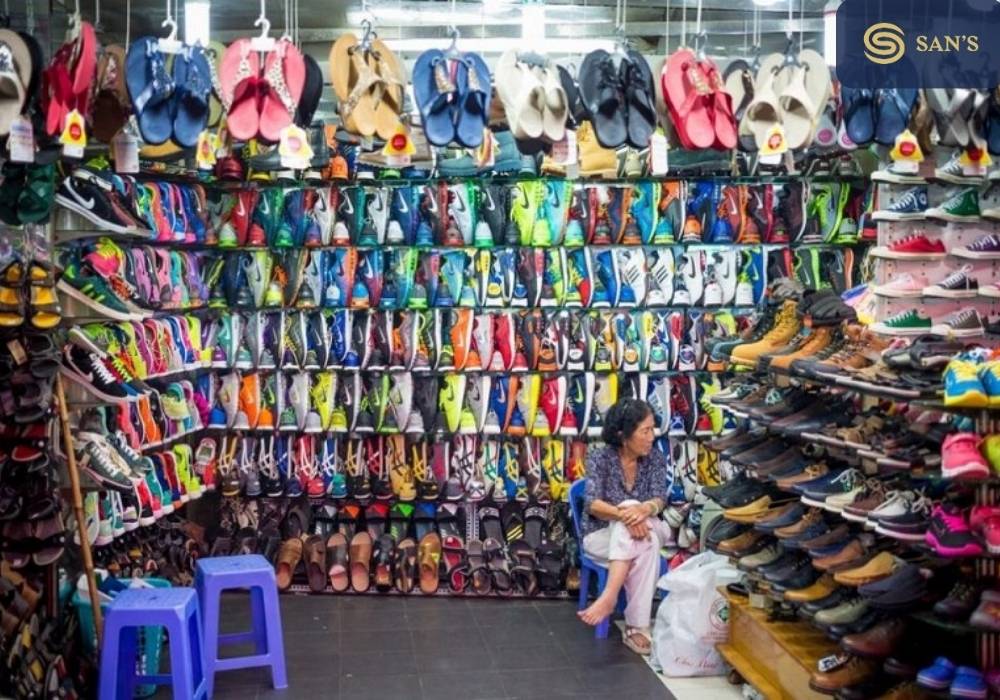
But to truly appreciate Hang Giay’s magic, one must venture beyond the role of a mere shopper. To walk its length is to embark on a journey through Hanoi’s heart, to feel the city’s pulse, and to resonate with its dreams and memories. It beckons not just those in search of fashionable footwear but also the curious souls eager to tread upon stories etched in leather, fabric, and time.
So, as we tie the laces on our exploration of Hang Giay, we extend an invitation to you. Step onto this legendary lane, not just with a shopper’s list but with an explorer’s zeal. Let the streets of Hang Giay guide your steps, and may you discover not just shoes, but the soul of Hanoi itself.
FAQs on Hang Giay Street
Q1. What are the signature buys on Hang Giay Street?
A1. Hang Giay Street is renowned for its diverse range of footwear, from traditional Vietnamese sandals, called “dep lào”, to modern sneakers and heels from both local and international brands. Additionally, some shops offer bespoke shoemaking services, allowing you to customize designs.
Q2. What are the typical shop timings on Hang Giay Street?
A2. Most shops on Hang Giay open by 9:00 AM and close around 9:00 PM. However, some might have slightly different timings, especially during holidays or special occasions.
Q3. Are there accommodations nearby for tourists?
A3. Absolutely! The vicinity around Hang Giay boasts a plethora of accommodations catering to varied budgets, from luxury hotels to budget-friendly hostels. The Old Quarter, where Hang Giay is located, offers numerous options for stay.
Q4. Is haggling accepted on Hang Giay Street?
A4. Yes, haggling is a common practice on Hang Giay and throughout Hanoi. However, it’s essential to be respectful and understanding of the seller’s craft and effort. It’s all about finding a fair price for both parties.
Q5. Are credit cards accepted in the shops?
A5. While many shops on Hang Giay now accept credit cards, especially the more modern and larger stores, some smaller, traditional vendors might deal only in cash. It’s always a good idea to carry some cash for such instances.
Q6. Is it easy to navigate for non-Vietnamese speakers?
A6. Hang Giay, being a popular tourist destination, is relatively easy to navigate for non-Vietnamese speakers. Many shopkeepers have a basic understanding of English and other languages. Plus, with modern translation apps and friendly locals, communication is rarely a significant challenge.
Q7. Are there dining options on or near Hang Giay Street?
A7. Definitely! The area around Hang Giay offers a smorgasbord of dining options, from traditional Vietnamese street food stalls to contemporary cafes and restaurants. It’s an excellent opportunity to indulge in local flavors after a shopping spree.
Q8. Is it safe for tourists?
A8. Hang Giay, like most parts of Hanoi’s Old Quarter, is generally safe for tourists. However, as in any bustling market area worldwide, it’s advisable to be cautious with personal belongings and be aware of your surroundings.



